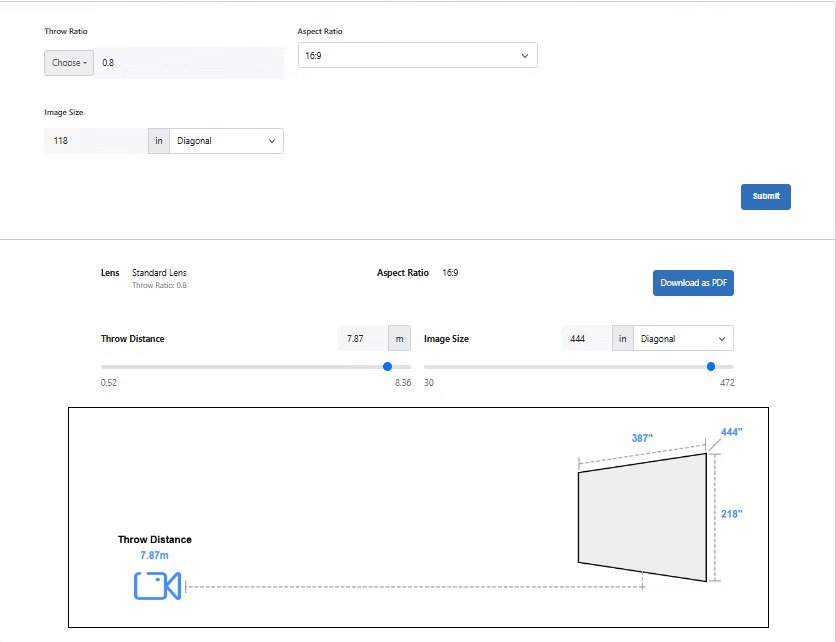XTEN-AV has set a new benchmark in the AV industry by integrating automation into the design and implementation of AV systems. In a field where precision, efficiency, and scalability are critical, automation is transforming how designers and integrators approach complex projects. Audio visual design Software now leverages automation to streamline workflows, reduce errors, and deliver more reliable systems. AV design software that incorporates these capabilities is no longer a luxury; it is becoming an essential tool for professionals seeking to stay competitive.
Introduction
The AV industry has traditionally relied on manual design processes, involving detailed schematics, component selection, signal routing, and control logic programming. While these methods can produce high-quality results, they are time consuming and prone to human error. As AV systems grow in complexity with more devices, advanced control interfaces, and integrated technologies, manual design becomes increasingly challenging.
Automation in audio visual design Software addresses these challenges by offering intelligent solutions that reduce repetitive tasks, ensure consistency, and optimize system performance. AV design software like XTEN-AV leverages automation not only to speed up the design process but also to elevate the overall quality of AV installations.
How Automation Enhances AV System Design
Automation transforms AV system design in several key ways:
1. Streamlined Design Workflows
Automated tools in AV design software simplify complex design tasks. Tasks that once required hours of manual effort, such as signal flow mapping, rack layout generation, or equipment selection, can now be performed in minutes. XTEN-AV, for instance, offers AI-powered features that automatically suggest device placement, wiring paths, and control system configurations based on project requirements. This enables designers to focus on creative and strategic aspects rather than repetitive manual work.
2. Reduced Errors and Rework
Human error is a major risk in AV system design. Incorrect wiring, misaligned components, or incompatible devices can lead to costly rework during installation. Automated checks within audio visual design Software help prevent these issues. AV design software can validate signal paths, verify device compatibility, and flag potential conflicts before installation begins. This proactive error reduction enhances system reliability and saves both time and money.
3. Consistent Standards Across Projects
Automation ensures that all projects follow consistent design standards. For organizations managing multiple AV projects, this is critical to maintaining quality. XTEN-AV allows companies to define standard templates, best practices, and preconfigured workflows. Automated application of these standards ensures that every design meets organizational and industry benchmarks, improving client confidence and project outcomes.
4. Faster Documentation Generation
Creating accurate documentation is essential for installations, maintenance, and client presentations. Automation in AV design software accelerates the production of wiring diagrams, rack elevations, bills of materials, and control system schematics. XTEN-AV updates these documents in real time as the design evolves, ensuring accuracy and reducing the risk of discrepancies. This feature is particularly valuable for large projects where manual documentation could be prone to errors and delays.
Automation in Control System Design
Control systems are at the heart of modern AV environments, managing devices such as projectors, displays, lighting, audio processors, and video conferencing equipment. Automation simplifies the programming and configuration of these systems.
AV design software can automatically generate control sequences, define macros, and simulate user interfaces. Designers can test and refine control logic virtually, minimizing the risk of errors during on-site installation. With XTEN-AV, automation in control system design not only reduces setup time but also ensures that systems operate seamlessly from day one.
Benefits for Integrators and Clients
Automation in AV system design offers tangible benefits for both integrators and clients:
- Time Savings: Automated workflows accelerate project timelines, allowing teams to complete more projects without increasing headcount.
- Cost Efficiency: Reducing errors and rework lowers installation costs and increases profitability.
- Enhanced Reliability: Automated validation and testing improve system performance and reduce operational issues.
- Scalability: Automation makes it easier to manage large or complex projects, including multi-zone systems or campus-wide installations.
- Professionalism: High-quality, consistent designs and accurate documentation enhance client satisfaction and trust.
The Role of AI and Machine Learning
The next evolution of automation in AV system design involves AI and machine learning. XTEN-AV incorporates AI to analyze past projects, predict optimal component selections, and provide design recommendations based on real-world performance data. Machine learning algorithms can adapt to new technologies and evolving project requirements, making automated designs smarter over time.
This intelligent automation allows designers to make better decisions faster, ensuring that AV systems are optimized for performance, cost, and user experience. It also reduces reliance on trial and error, which has traditionally been a significant part of complex AV system design.
Future Trends
Automation is expected to become even more sophisticated in AV system design. Future trends include:
- Real-Time Collaboration: Automated updates and cloud-based design allow distributed teams to work simultaneously with fewer errors.
- Predictive Maintenance Integration: Automated AV designs could include predictive maintenance schedules for components, extending system lifespan.
- Virtual Reality and Simulation: Designers will be able to simulate AV environments in 3D or VR, testing designs in realistic conditions before installation.
- IoT Integration: Automated AV designs will increasingly interface with smart building systems, enabling seamless integration with lighting, HVAC, and security networks.
Conclusion
Automation is revolutionizing AV system design, making it faster, more accurate, and more efficient. Audio visual design Software like XTEN-AV demonstrates the potential of automated workflows, AI-assisted planning, and real-time documentation to elevate both design and implementation processes.
For AV professionals, embracing automation is no longer optional. It is the next big thing in AV system design, enabling integrators to deliver high-quality, reliable systems while reducing time, cost, and errors. As technology advances, automation will continue to redefine how AV systems are designed, installed, and managed, positioning forward-thinking companies for long-term success in the competitive AV industry.
Read more: https://gwendpots.substack.com/p/how-to-create-av-system-design-diagrams











Leave a Reply